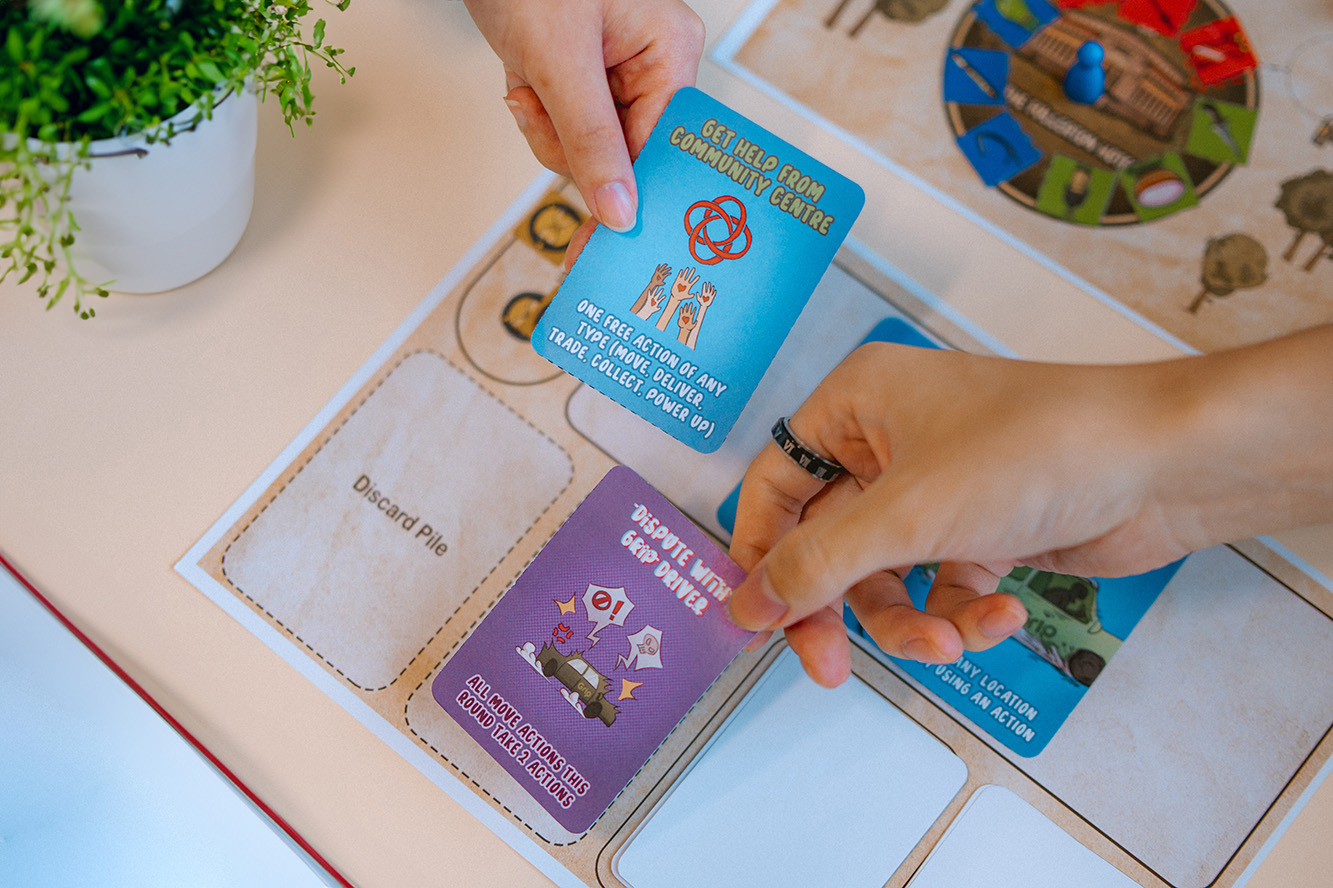Building a game is not the same as running one. Creating a game level that captures the audience’s attention and draws players back? It takes both art and science to do that well.
You can use Unity to make anything from small dungeons to big cities. Still, the instruments aren’t what really creates the atmosphere. Creating great level design in Unity is a result of utilizing game design principles, understanding how players interact, and striking a balance between challenges and sufficient space to move around.
Why Engagement Matters in Level Design
A visually appealing level means nothing if players feel lost, bored, or disconnected. In game design, engagement is the difference between a playable level and a memorable one. Great level design captures the player’s curiosity, encourages exploration, and gives every step a sense of meaning.
When players are emotionally and mentally invested—whether through challenge, story, or discovery—they keep playing. And that’s the real win. Well-designed levels don’t just entertain—they immerse.
We’ll look at it step by step.
First, Understand the Purpose of the Level
As soon as you open Unity, think first about these points:
- What is the point of this level?
- Is it a training area to teach the game’s main features?
- Is it a level in which players try to move quietly?
- Is it an area that lets the player move around, get familiar with the controls, and learn the basics?
The difficulty of your challenge must support the story and progress of the game. Everything that gets in your way should have its own purpose. A clear purpose helps the game hold players’ attention.
Use Player Psychology to Guide Flow
One of the core rules in game design is this: Players will follow what’s most obvious.
This means:
- Use lighting to guide direction. Bright areas signal “go here.”
- Frame key moments. Use camera angles and environmental design to naturally draw attention.
- Reward curiosity. Hide collectibles or lore bits in side paths for those who stray.
Unity’s Cinemachine and post-processing tools help shape atmosphere and focus. Don’t underestimate how small visual cues can influence player behavior.
Block Out the Layout Early
Before you go into full detail mode, use simple blocks and primitives to rough out your level. This “greyboxing” approach lets you:
- Test pacing (Are encounters spaced out well?)
- Check navigation (Do players get lost?)
- Adjust proportions (Does the space feel too cramped or too open?)
Unity’s ProBuilder tool is your best friend at this stage, allowing you to shape, stretch, and iterate environments fast without switching tools.
Make Interactions Purposeful
A level isn’t engaging if it’s just pretty to look at. It has to do something.
- Is there meaningful interaction? Think switches, triggers, and destructibles.
- Does combat feel dynamic? Use verticality, chokepoints, or destructible cover.
- Is exploration rewarded? Consider secrets, shortcuts, or skill-based traversal.
Use Unity’s NavMesh, colliders, and physics system to create layers of interactivity. If your level has players thinking, reacting, and experimenting, they’re invested.
Design with Modular Thinking
Unity makes it easy to build environments modularly, meaning you create reusable components like stairs, doorways, or wall sections.
Benefits of modular level design:
- Speeds up iteration and polishing
- Keeps consistency across levels
- Makes collaboration easier in team projects
Plus, modularity is standard practice in industry pipelines. Learning to build levels this way puts you in the mindset of real-world game development.
Playtest—and Then Playtest Again
No matter how confident you feel, the only real measure of success is player testing.
- Watch how players navigate. Do they get stuck?
- See where they pause, struggle, or skip past.
- Test difficulty balance and check for pacing issues.
Unity’s Profiler, Analytics, and Recorder tools are great for diagnosing performance and behavior. The earlier you test, the less expensive the fixes.
Final Polish: Lighting, Sound & Narrative Touches
An engaging level goes beyond function. It feels alive.
- Use Unity’s lighting and shadows to add mood.
- Ambient sounds, music cues, or diegetic audio (like distant chatter) enhance immersion.
- Narrative breadcrumbs—graffiti, voice logs, environmental storytelling—deepen emotional investment.
Even if you’re not making a cinematic game, these details transform a level from playable to memorable.
In Summary
Designing engaging game levels in Unity is a blend of creativity, structure, and empathy for the player. You’re not just building a map—you’re crafting an experience. And like all things in game design, it’s iterative.
Start rough, stay flexible, and focus on how players feel while playing. That’s the difference between a functional level and a phenomenal one.
Want to build immersive game levels and learn the full Unity pipeline?
Explore MAGES Institute’s Game Design and Development programs and take your ideas from sketch to screen.
